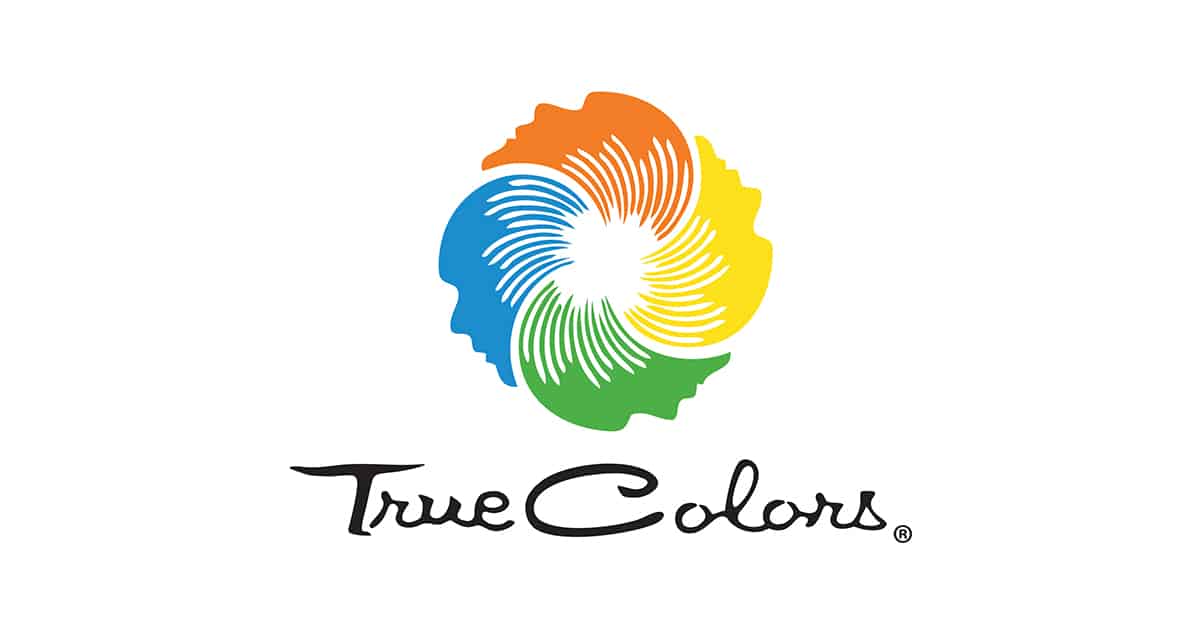Personality profiling has been in common use especially in the business context. You could have scouted around and found clever employees who are very capable at their role… but are you truly getting the best out of them? Your business success relies on a fully engaged, productive and satisfied workforce. So, how can you ensure that your staff are being offered a work environment that best supports their personality, working style and learning preferences?
In this article, we will describe what personality profiling is, what it isn’t and how you can use it in your business or your life.
What is a Personality Profile?

Sometimes referred to as psychometric testing or psychological profiling – is a means of measuring an individual’s personality in a particular situation. It is not a measure of intelligence or ability – but of behaviour.
Personality profiling is one tool you can use to gain insight into how your employees prefer to learn, work and interact. Using this information, you can then focus on creating a work environment that is more conducive to productivity for them.
As a business owner or manager, this information can also help you make decisions around hiring, promotions, professional development opportunities and project assignments. For example, personality profiling might help you identify potential leadership qualities or qualities that might lend someone to be suited for a new or alternative role.
Personality profiling isn’t about identifying the ‘ideal’; this is not about what is right or wrong – every personality type has its pros and cons. It is about identifying and understanding your own strengths and weaknesses, and those of your colleagues, and then figuring out the best way to work together so everyone feels comfortable and supported to best perform in their role. As a leader, it’s also important to understand your own leadership style and how this impacts on the effectiveness of your team.
Common Mistakes in Personality Profiling that You Should Avoid!

Personality profiling isn’t just a tick-box exercise for segmenting the people in your business. Your business success relies on a fully engaged, productive and satisfied workforce. Understanding the unique differences in the personalities, work preferences and behavioural styles of each individual empowers you to create a culture that allows them to thrive.
However, personality tests are often misused, at best providing no real value, and at worst, highlighting existing weaknesses in individuals and teams. This is a frequent occurrence no matter the reason for investing in a new tool – whether this be hiring new team members, identifying individuals for development, or promotions.
Some of these common mistakes include:
Putting a label on people
Personality profiling helps people become both self-aware and aware of how others around them think, feel and act. While it’s useful to know that Mike likes control and order and that Jill’s natural reaction to stressful situations is panic, you need to be careful about labelling people. For example, it’s nice to be called creative, but not if it means being labelled ‘irrational’. Putting a label on a person is like placing a confinement around them, and this can be dangerous.
The challenge is that it’s natural for people to want to connect with like-minded people. While this can be a good thing, connecting with others sometimes leads to the rejection of those with differing minds. It is important that personality profiling doesn’t create a void or tension between people with very different natural preferences, and avoiding labels is the first step to ensuring this.
Confining people by their personality
An individual’s personality preferences do not always determine their behaviour, and it’s vital that organisations and managers recognise this.
For example, a person whose personality profile indicates that their natural tendency is to be disorganised and leave things to the last minute. Does this mean they can’t adapt their behaviour to become super organised at work to meet the requirements for the role? Of course they can, in fact, we see this all the time.
These are common issues, and it is important that when it comes to managing and developing employees that you don’t fall into the trap of only viewing them in the context of their personality profile. People need a chance to be seen for how they act and behave in the work environment and not confined to what it says on their profile. People also need to be given opportunities to step out of their comfort zone and to flourish in new areas.
How to Profile People

So one of the most common things people want to know is “how to profile people”. True Colors® is a model for understanding yourself and others based on your personality temperament.
The colors of Orange, Gold, Green, and Blue are used to differentiate the four central True Colors® personality styles. Each of us has a combination of the four True Colors that make up our personality spectrum, usually with one of the styles being the most dominant. By identifying your personality (and the personalities of others), True Colors provides insights into different motivations, actions, and communication approaches. The core of the system identifies intrinsic values, motivations, self-esteem, sources of dignity and worthiness, causes of stress, communication styles, listening styles, non-verbal responses, language patterns, social skills, learning styles, environmental motivators, cultural appeal, negative mental states, relationship orientation and ethical behaviors.
Hence, by understanding each individual’s personality type, teams can improve communication through the recognition of a person’s true character, transforming True Colors into an uncomplicated language for every individual to convey complex ideas very simply.
True Colors works because it is based on true principles and easy to remember and use – in all kinds of circumstances – from personal relationships to professional success.
Watch the following 1-hour webinar to find out the true colors of your work side, the social side, and the dark side (the side that you only show to your closed ones). You will also learn how to speed profile others and how to engage them effectively!
Conclusion

Personality profiling provides organisations with insights that helps them to understand their people in a whole variety of ways and in different situations; from how they prefer to learn, work, interact and lead, to what motivates them, and how they respond to change.
It is not about putting people in confined boxes based on their personality. Personality profiling is simply about understanding and leveraging people’s personality to help them thrive from the moment they enter your organisation.
By shining a light on the personalities of the people in your organisation, you provoke and empower them to become more effective, more engaged, and happier in their work. Looking at the profiles of everyone in your organisation as a whole reveals where your collective personalities can help and hinder you.
Articles Sources:
Can Personality Profiling Create a More Effective Workforce?

